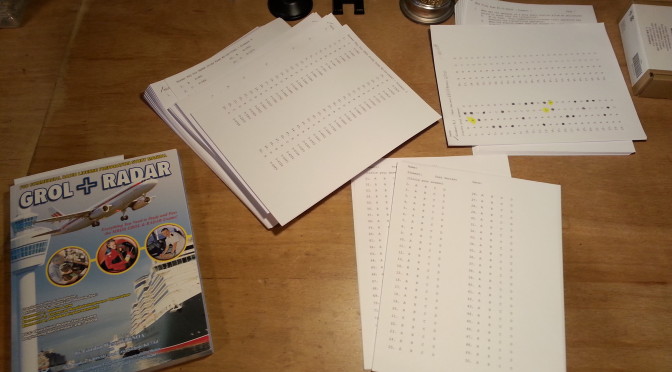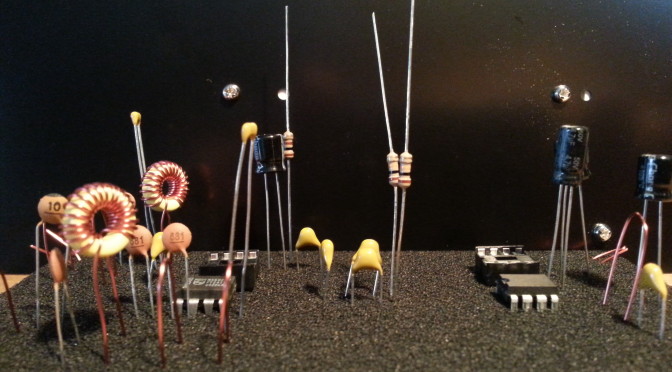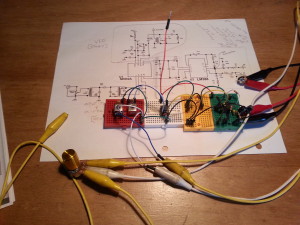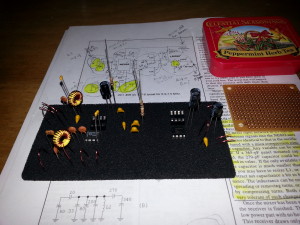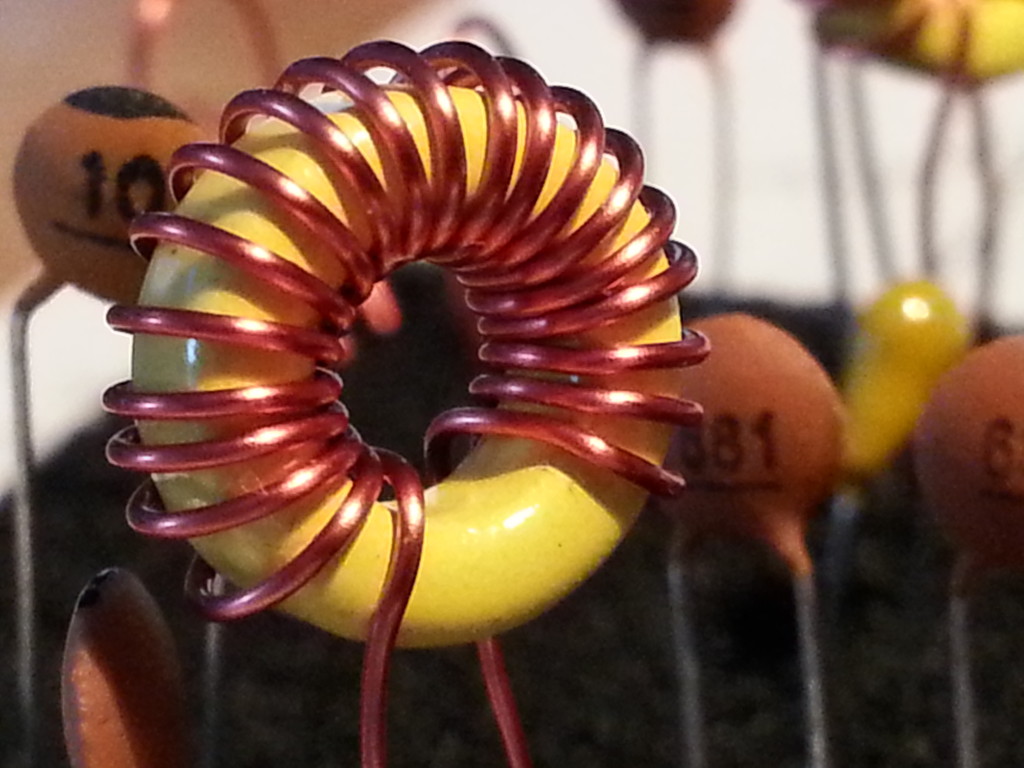Wow, yes it has in fact been that long.
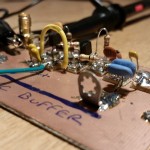 From a building stand point… nothing new has been going on. I am still working on the Beach 40 and the Bitx 20. The Beach 40 still needs the audio section rebuilt and the Bitx20 needs some troubleshooting . I don’t have the facilities to put up a 20 or 40 meter antenna and since both radios are QRP(p), a good antenna is vital to making any contacts.
From a building stand point… nothing new has been going on. I am still working on the Beach 40 and the Bitx 20. The Beach 40 still needs the audio section rebuilt and the Bitx20 needs some troubleshooting . I don’t have the facilities to put up a 20 or 40 meter antenna and since both radios are QRP(p), a good antenna is vital to making any contacts.
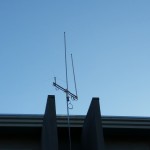 From an operators perspective… ya, nothing going on there ether. I need to pull down my Frankenstein/Hill Billy mast because we are having our building painted soon. I have plans for a simpler replacement that should work out fine. I’ll post about that if and or when that happens.
From an operators perspective… ya, nothing going on there ether. I need to pull down my Frankenstein/Hill Billy mast because we are having our building painted soon. I have plans for a simpler replacement that should work out fine. I’ll post about that if and or when that happens.
From an experimenters view point… I have been kind of busy lately. Many of the newer radio projects I have been looking at use micro-controllers and embedded Linux systems. All of which I am totally fine with. There are so many other applications besides radio that I can employ these technologies. The only impediment is getting some play time in with these technologies and getting familiar with there capabilities, use, and programming.
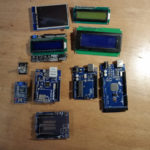 Earlier this year I picked up some Arduino hardware. I haven’t had much time to work with it yet as the Day Job has been keeping me hopping as well as a lot of stuff in the personal life, nothing bad, just a lot of changes and preparations.
Earlier this year I picked up some Arduino hardware. I haven’t had much time to work with it yet as the Day Job has been keeping me hopping as well as a lot of stuff in the personal life, nothing bad, just a lot of changes and preparations.
Many projects are done with the Arduino and various shields. Some require a little more direction in the form of an embedded system with a true OS. Enter Raspberry Pi and Raspbian.
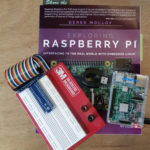 Last week I added a RPi 3B to the hardware pile and began working with it. Along with the Pi I picked up a copy of Exploring Raspberry Pi: Interfacing to the real world with embedded Linux From Wiley written by Derek Molloy.
Last week I added a RPi 3B to the hardware pile and began working with it. Along with the Pi I picked up a copy of Exploring Raspberry Pi: Interfacing to the real world with embedded Linux From Wiley written by Derek Molloy.
Linux doesn’t worry me at all. Many moons ago I was a Solaris 7/8 admin as well as a RedHat 7 admin. The problem is that well over a decade has gone by since I actively worked on those systems. I have been in a Windows only environment for so long my Unix brain has turned to mush. So now I’m re-learning the Unix command line and re-acquainting myself with the Linux directory structure along with some all new unique elements of embedded systems and the Raspbian OS in particular.
With all of the projects piling up and now adding a lot of general computer stuff to the pile, Arduino Sketches, Python, C/C++, and picking up where I left off with Perl, it almost feels like I should go back to school and get credit for all of this work. I could pick up a CS degree with everything on my “tech to learn” plate right now. Add in all of the projects and an engineering degree (EE or ME) isn’t far behind. Thoughts for another time.
Radio specific plans are to read and build along with Crystal Sets to Sideband by Frank W. Harris W0IYE, and then get back to Experimental Methods in RF Design and do the same. I don’t expect to do a lot of operating other than 2 meter until we have the facilities to put up a real antenna, and there is no solid timeline for that.
Life outside radio has taken all of my time lately and I am just now slowly getting back to things. Most of it is general electronics/computer experimentation and adding to the knowledge pool right now.
So in conclusion, no I haven’t been busy, I’ve been too busy.
:-/
 P.S. Today’s post is brought to you by Hamversary. On this day in 2013 I received my license grant about a week after I walked into the Saratoga Fire Station a non-ham. Since then I have worked my way up to Extra Class, begun teaching license preparation classes to prospective hams, and I have been a Volunteer Examiner for 42 exam sessions, most of them at the Saratoga Fire Station.
P.S. Today’s post is brought to you by Hamversary. On this day in 2013 I received my license grant about a week after I walked into the Saratoga Fire Station a non-ham. Since then I have worked my way up to Extra Class, begun teaching license preparation classes to prospective hams, and I have been a Volunteer Examiner for 42 exam sessions, most of them at the Saratoga Fire Station.
I have learned so much in so many ways in this short period of time. Thank you Amateur Radio.
73,
~Jon KK6GXG

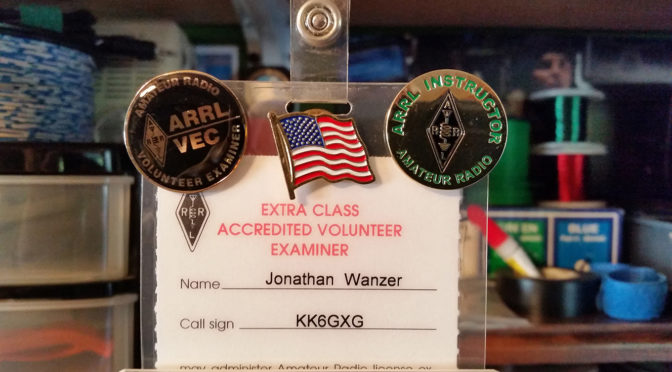
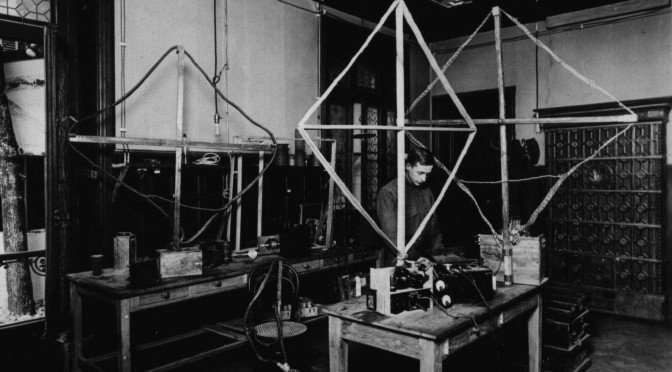
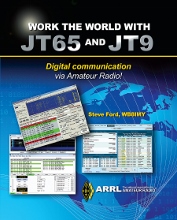 No build projects progressing, not much time OTA, none actually, but I have managed to get some reading in. I picked up a copy of one of the new
No build projects progressing, not much time OTA, none actually, but I have managed to get some reading in. I picked up a copy of one of the new 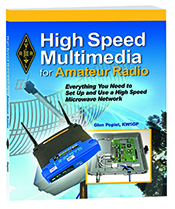 With some luck the UPS guy will bring me the also new ARRL book
With some luck the UPS guy will bring me the also new ARRL book 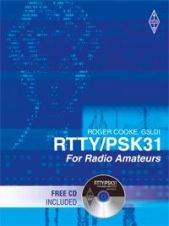 I also have a copy of
I also have a copy of 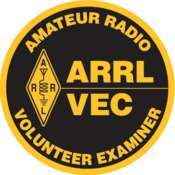 In other news, there is another VE session tomorrow (Saturday, May 7, 2016 08:00-10:00) at the
In other news, there is another VE session tomorrow (Saturday, May 7, 2016 08:00-10:00) at the 